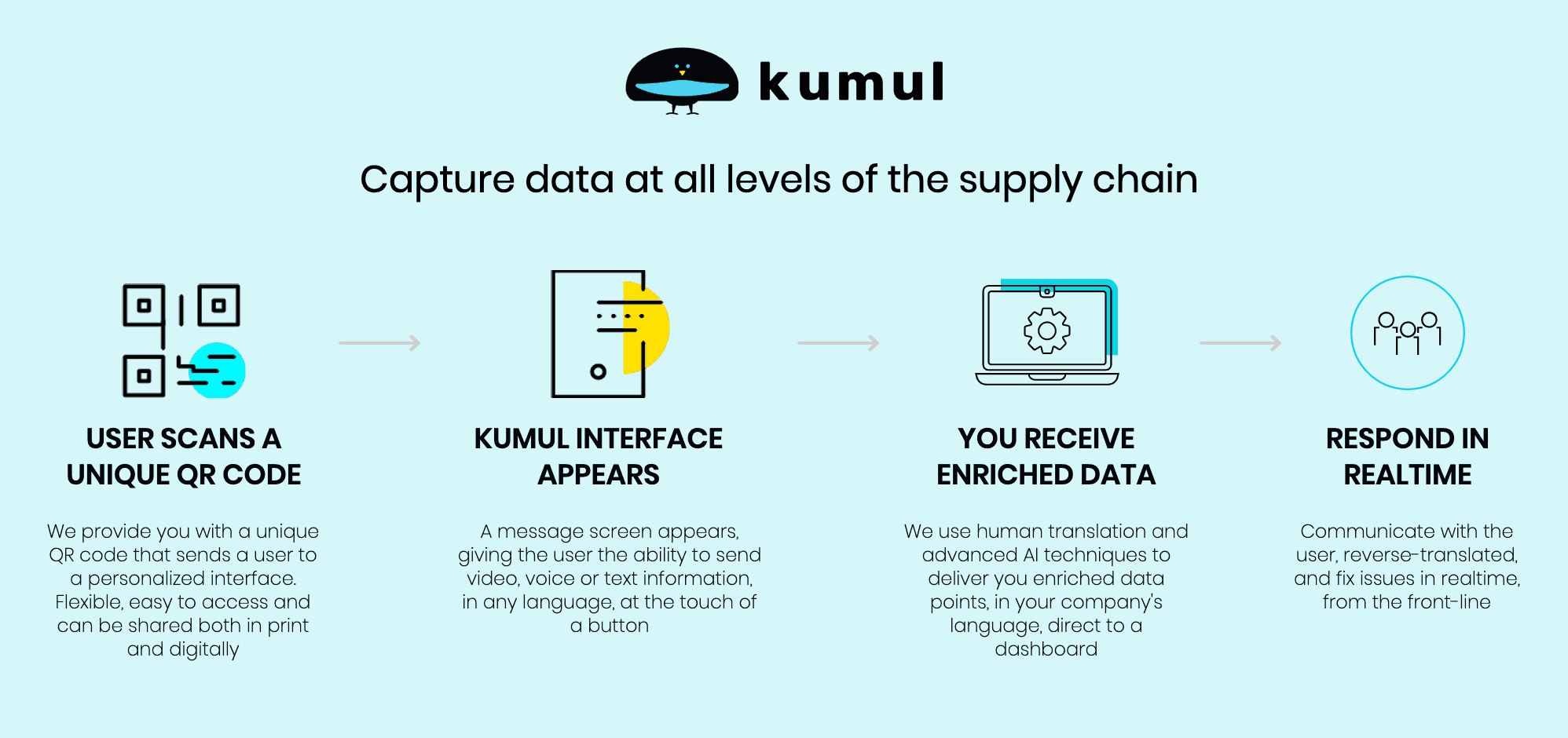“There is a paradox in hotel marketing, where hoteliers rely a lot on images to “let them speak for themselves”. In an industry where everything revolves around people, hotel marketing focuses on product pictures. People are longing for connection and even more important, they are longing to feel understood! For hotels, being able to communicate and connect with guests in their own language will make all the difference.”
– Bärbel Pfeiffer, Digital Marketer, textspoton
In June 2020, Forbes predicted that customer experience (CX) would be the key differentiator for competing brands by the end of the year. They weren’t wrong; companies are fast making this their top priority, even above product and price. For that reason, it’s never been more pertinent to listen to the voice of customer (VoC). Developing a seamless strategy for gathering and utilising customer feedback is the best and most reliable way to improve your CX and put you a notch above the rest within crowded markets. So, what makes a good VoC model? We’ve come up with a few hot tips.
#1. Choose the right VoC method
Unsurprisingly, Gen-Z and millennials are more comfortable using digital technology to interact with brands. They are generally happier using ChatBots to solve simple issues, and less likely to want a physical in-store conversation than their predecessors. As well as this, they are more likely to reach out on social media than any other generation. So, while omnichannel customer service is the best way to satisfy all customers, it’s important to understand the needs of your particular customer base.
The same is true with VoC. In a recent report, Survicate noted that email-embedded surveys have the highest average completion rate of 74%. However, the best method of gathering data will vary depending on what you want to find out and who you want to target. For instance, if you are targeting younger audiences, it’s a good idea to have someone dedicated to monitoring your social media mentions. That way, you can easily identify who is having what kind of experience with you, and work quickly to do something about it.
You’ll also need to consider where along the customer journey you want to ask for this feedback. For instance, if you want to find out about what’s attracting or deterring potential customers, consider a quick pop-up on your website landing page. If you want to find out why customers remain loyal, embed a survey into their confirmation of purchase email. Likewise, if you want to find out why customers are defecting, get an agent with a great telephone manner to call them and ask. Taking the time to decide on these aspects will help you to gather meaningful feedback that you can actually utilise.
#2. Use the right VoC tools
In a multilingual context, speaking the language of your customer is not just a figure of speech. It’s not just your sales pages you should be localizing; a CSA Research report found that 74% of consumers were more likely to make a second purchase if a brand offered post-sales support in their native language. Localizing your feedback forms and review pages are a great way to show that you care, build customer loyalty and increase the likelihood of getting responses. As well as this, it can help to avoid any miscommunication – allowing you to gather detailed and valuable observations from consumers.
Our partners at Kumul allow companies to gain actionable insights across the whole supply chain, with an emphasis on transparency, accessibility and communication. This multilingual engagement tool can help you to leverage the power of VoC and enact positive change, by making more sustainable decisions and supporting impactful projects around the world. Customers will appreciate the ease with which they can provide insights and, in turn, you’ll improve your CX in a meaningful way.
#3. Prepare for criticism
Although it can be tough to receive, criticism can be an invaluable tool in improving your CX through VoC engagement. Firstly, the opportunity to provide detailed feedback – including the bad bits – can help your customers to feel more empowered. Secondly, it allows you the opportunity to turn a negative interaction into a positive one.
According to Reviews.io, customers are five times more likely to filter for 1-star reviews than any other rating. Instead of being tempted to bite back, use this as a chance to show potential customers that you can be empathetic and humble when your team is at fault – offering a way to make up for your mistakes could even see you win back the aggrieved customer’s loyalty.
Finally, using criticism constructively can help you to pinpoint the areas in your business that need improving. While positive feedback is helpful in that it projects a great image of your brand, what use is it if you aren’t seeing the profit margins you had predicted, or if you are losing customers without knowing why? Reframing the way you see criticism could end up being the best thing you ever did for business.
Conclusion
The simple fact is that you cannot leverage the power of CX without first collecting and acting upon VoC. Ignoring feedback will make your customers feel devalued, leading them to look for alternative brands and perhaps even discourage others from using your services. Develop and maintain an effective VoC strategy to avoid losing out.
Crucially, incorporating multilingual VoC is a key component of the internationalization process. Gathering and acting upon insights from the entirety of your customer base – rather than just those who share your native language – is a sure-fire way to make your business more viable in the global market.




